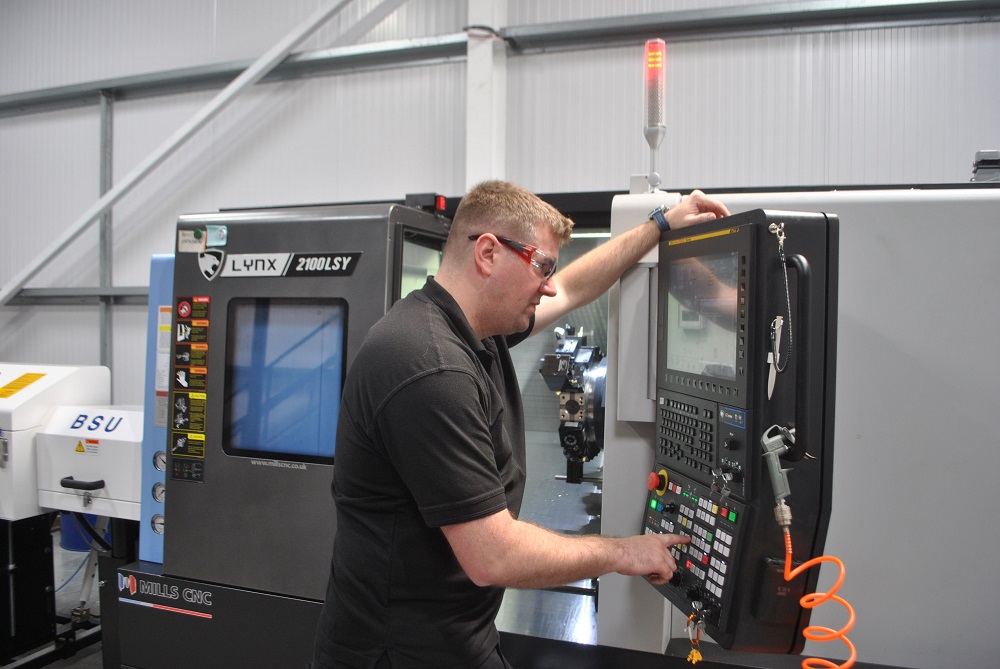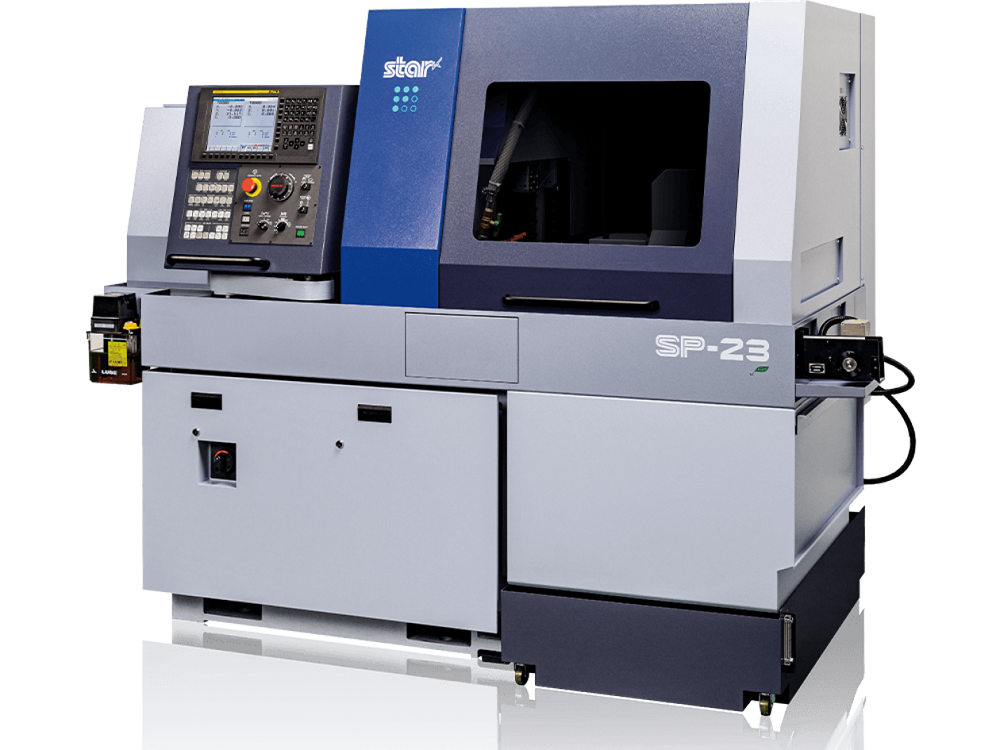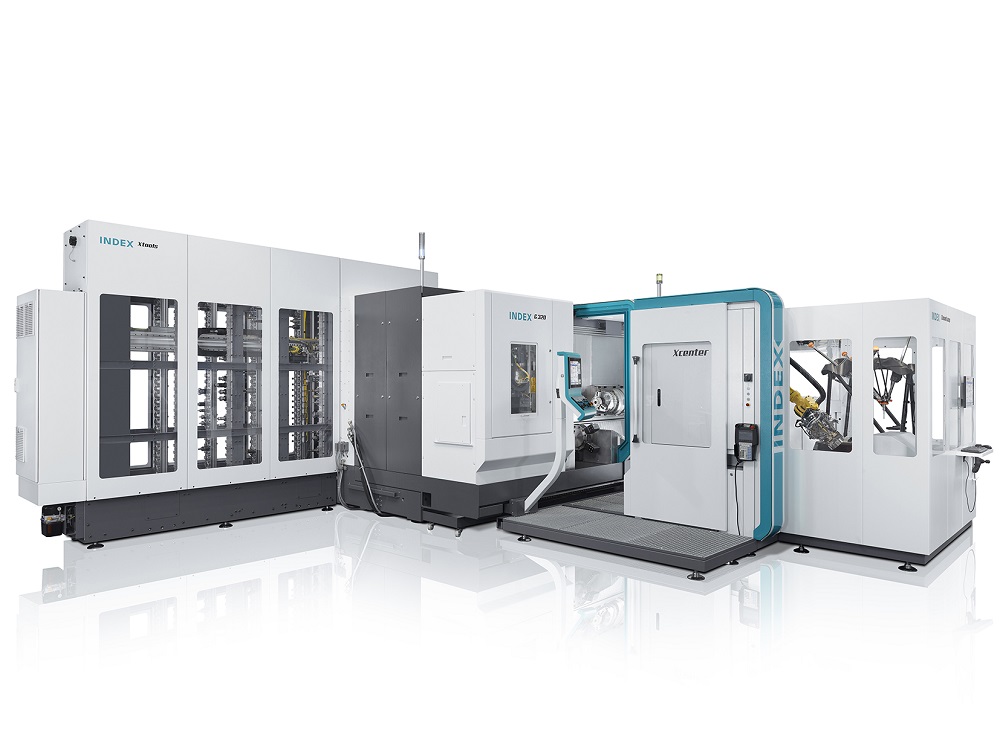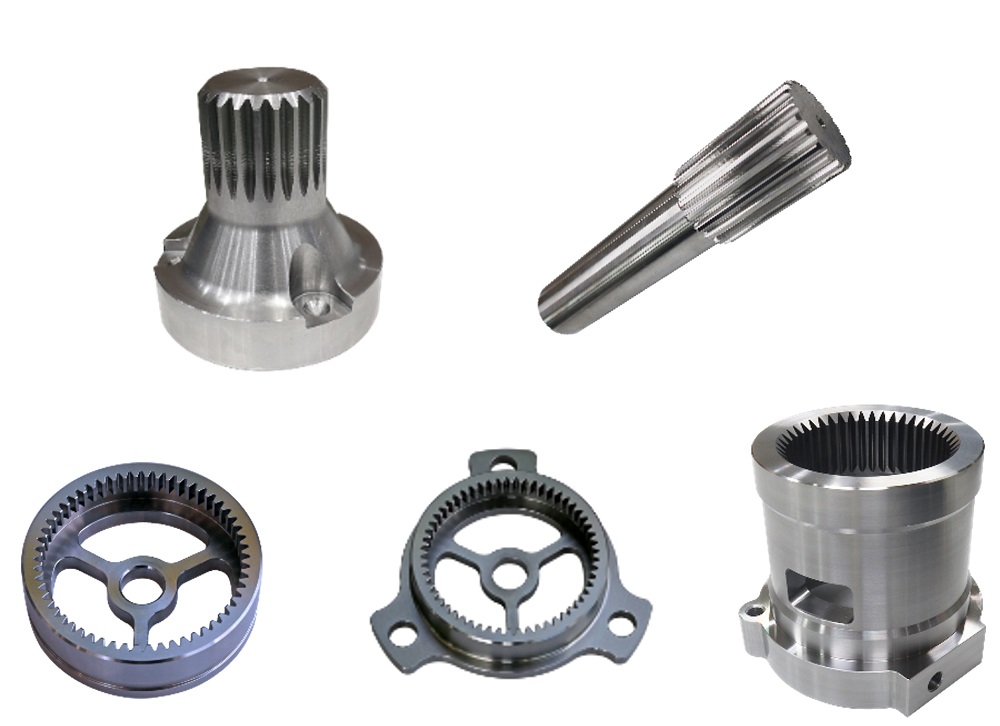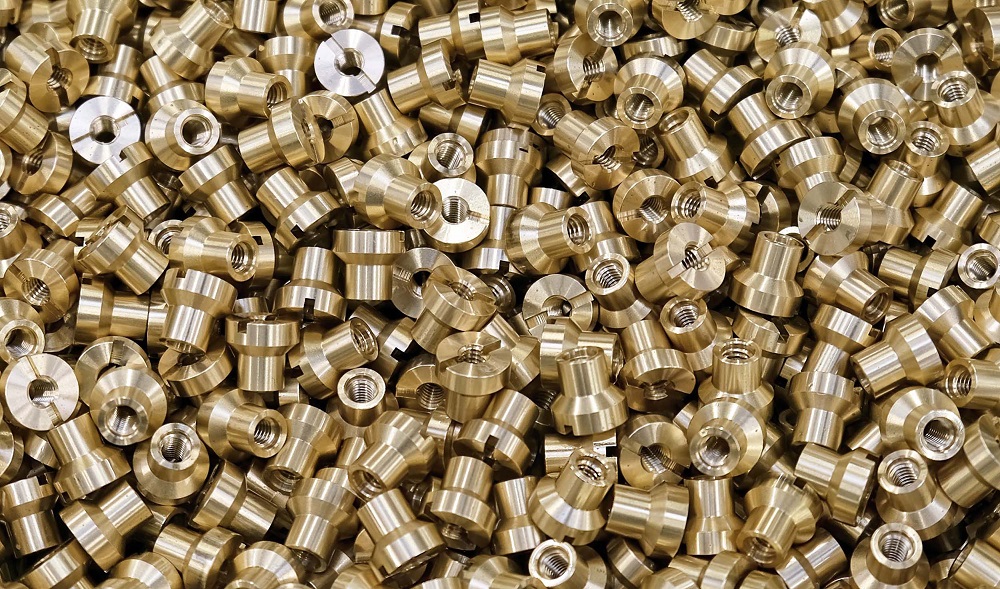Mills CNC has supplied Herriott Precision, a precision subcontract start-up, with a new multi-tasking lathe manufactured by DN Solutions.The machine, a FANUC-controlled 8-inch chuck/67mm bar diameter Lynx 2100LSYB sub-spindle Y-axis lathe, arrived at the company’s facility in Worcestershire in April 2024. Mills CNC supplied the machine through its ‘Smart Options’ machine tool rental scheme.
The Smart Options scheme enables manufacturers to ‘rent’ a new DN Solutions machine tool for an initial 12-month period. The initiative is a flexible option for component manufacturers looking to increase and improve their machining capacity and capabilities, without ties to a long-term finance agreement. No deposit is necessary and Mills CNC provides training as part of the package via an agreed schedule of tailored monthly payments. Rental payments are 100% allowable against taxable profits.
Despite being installed just a few short weeks ago, the Lynx 2100LSYB installed at Herriott Precision is already earning its keep machining a range of small, high-precision, complex parts for a range of customers.
The Lynx 2100LSYB at Herriott Precisionalso features a number of options and accessories.These include a high-efficiency Filtermist oil mist extraction unit, a MH500 swarf conveyor and bin, Hainbuch collet chucks and a Hydrafeed MSV65 servo-driven bar feeder with an integrated bar support unit.
Says owner and directorJoshua Herriott:“To date, we’ve only used our Lynx 2100LSYB for chucking work. However, the integration of a bar feeder enables us to take on new, higher volume work and, where feasible, run the machine unattended to achieve improved productivity and process efficiencies.”
He adds: “Throughout the whole process, Mills have been very supportive and proactive; exactly what was required to help me get the business up and running.”
For further information www.millscnc.co.uk






